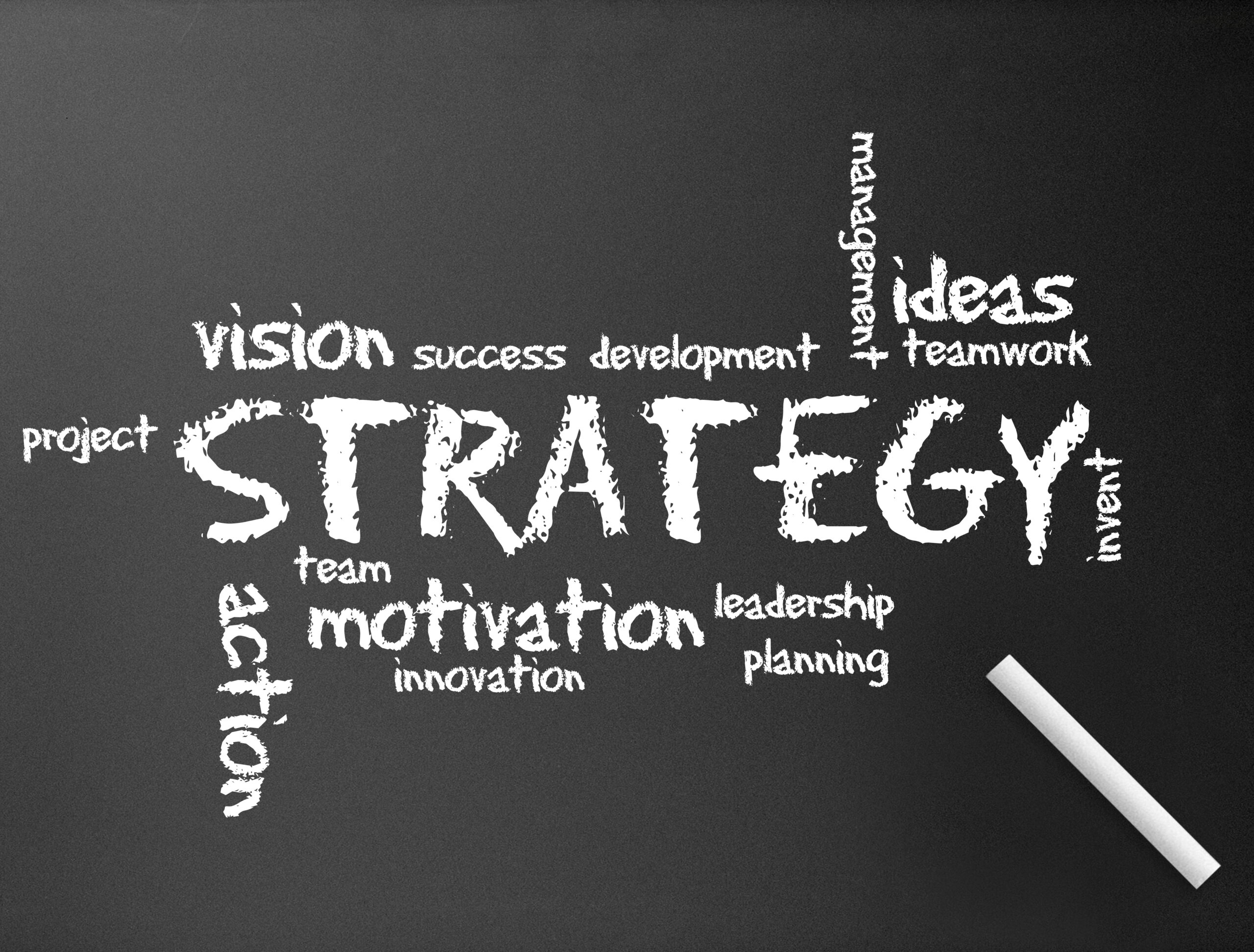
Welcome to Part 3 of our series on The Power of Strategic Planning.
Introduction
In the journey toward achieving success, a well-defined roadmap is essential. This roadmap takes the form of a strategic plan, a comprehensive outline that guides an organization’s efforts and resources to reach its desired destination – your company vision. At the core of every strategic plan lie its goals and objectives – the driving forces that steer the ship toward its intended direction. In this blog post, we’ll delve into the art and science of setting goals and objectives for your strategic plan, exploring the why, what, and how behind this critical step.
The Importance of Setting Goals and Objectives
Goals and objectives are the pillars upon which strategic plans are built. They provide a clear direction, foster alignment within the organization, and serve as quantifiable markers of progress. Setting well-defined goals and objectives creates a sense of purpose and motivation, enabling teams to work cohesively towards shared aspirations. Furthermore, these goals act as a benchmark for measuring success, helping leaders to track their achievements and adjust their strategies as needed.
Differentiating Between Goals and Objectives
Before delving deeper, it’s crucial to understand the distinction between goals and objectives:
- Goals: Goals are broad, aspirational statements that express what an organization aims to achieve. They provide the overarching purpose and direction for the strategic plan. For example, a goal might be to “increase market share in the next three years.”
- Objectives: Objectives are specific, measurable, achievable, relevant, and time-bound (SMART) targets that support the achievement of a goal. They break down the larger goal into actionable steps. Following the previous example, an objective could be to “increase market share by 10% within the next year through targeted marketing campaigns.”
Crafting Effective Goals and Objectives
Setting goals and objectives is an art that requires careful consideration. Here’s a step-by-step guide to help you craft effective ones:
Start with a Vision:
Begin by articulating your organization’s long-term vision. What do you aspire to achieve in the next 3, 5, or 10 years? This vision will serve as the foundation for your goals. We covered company vision in our last post – The Power of Strategic Planning – Part 2 – Your Mission and Vision
- Prioritize and Focus: Not all goals are equal in terms of urgency and importance. Prioritize them based on their impact and feasibility. Avoid setting too many goals, as this could dilute your resources and efforts.
- Use the SMART Framework: When creating objectives, ensure they meet the SMART criteria – Specific, Measurable, Achievable, Relevant, and Time-bound. This framework brings clarity and precision to your objectives.
- Align with Values: Your goals and objectives should align with your organization’s core values and mission. This alignment ensures authenticity and fosters a sense of purpose among stakeholders (your team members).
- Include Stakeholders: Engage relevant stakeholders in the goal-setting process. Their input can provide valuable perspectives and enhance the ownership of the strategic plan.
- Monitor and Adjust: Regularly monitor your progress towards the objectives. If you find that you’re not on track, be prepared to adjust your strategies or objectives accordingly. Flexibility is key to a successful strategic plan. Key Performance Indicators (KPIs) can help in monitoring your progress toward an objective. To achieve an increase of 10% in market share in the next year you will need new customers as well as a strong customer retention rate. Both can be measured and reported at regularly scheduled team meetings. When you are off target immediate steps can be put in place to get things back on track.
Conclusion
In the intricate dance of organizational success, setting goals and objectives is akin to choreographing the steps. These crucial elements shape your strategic plan, providing direction, purpose, and a means of measurement. By crafting well-defined goals and SMART objectives, you empower your organization to navigate the path toward its desired future. Remember, the journey of a thousand miles begins with a single step – make sure that step is a purposeful one guided by effective goals and objectives.


